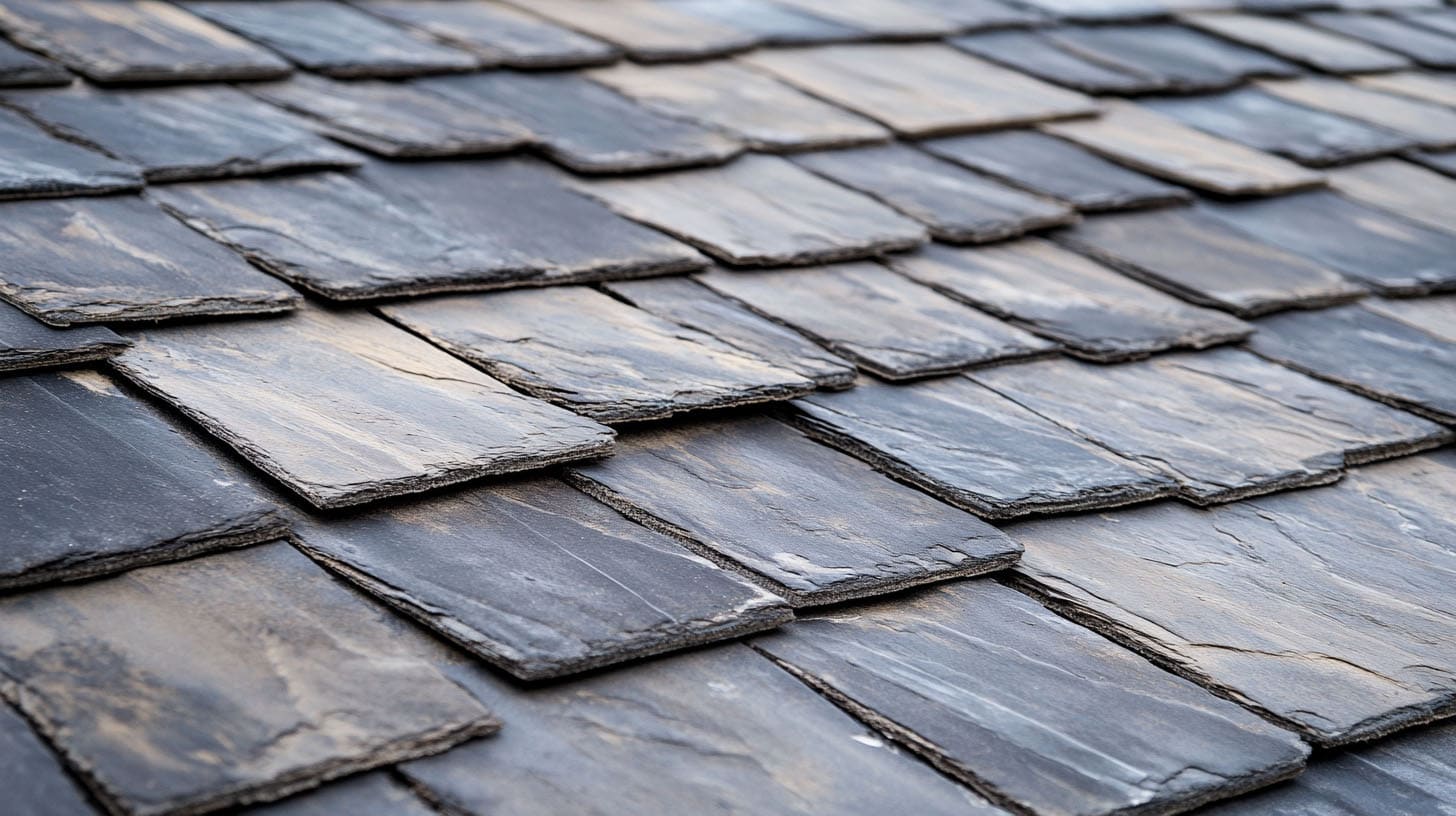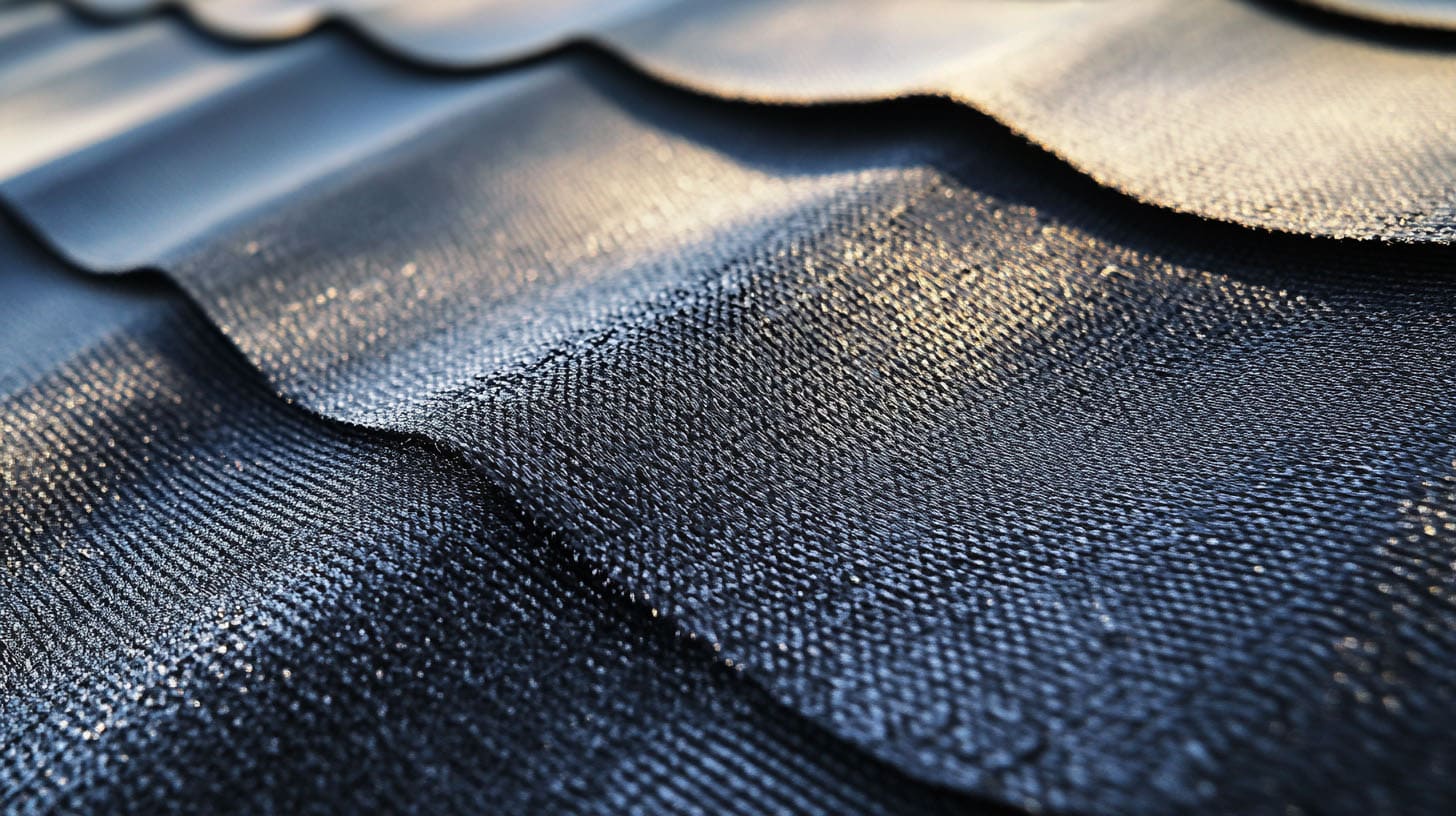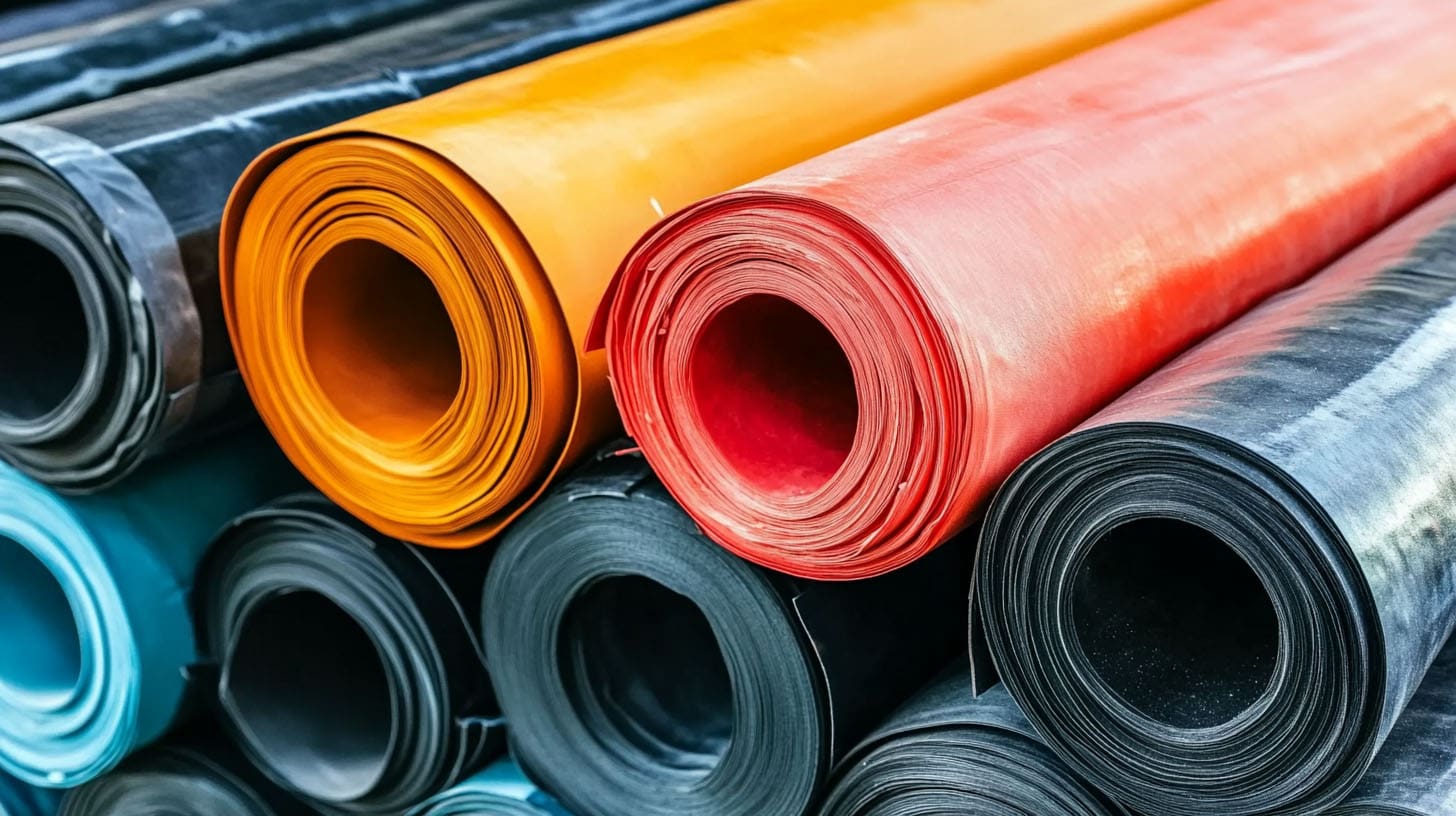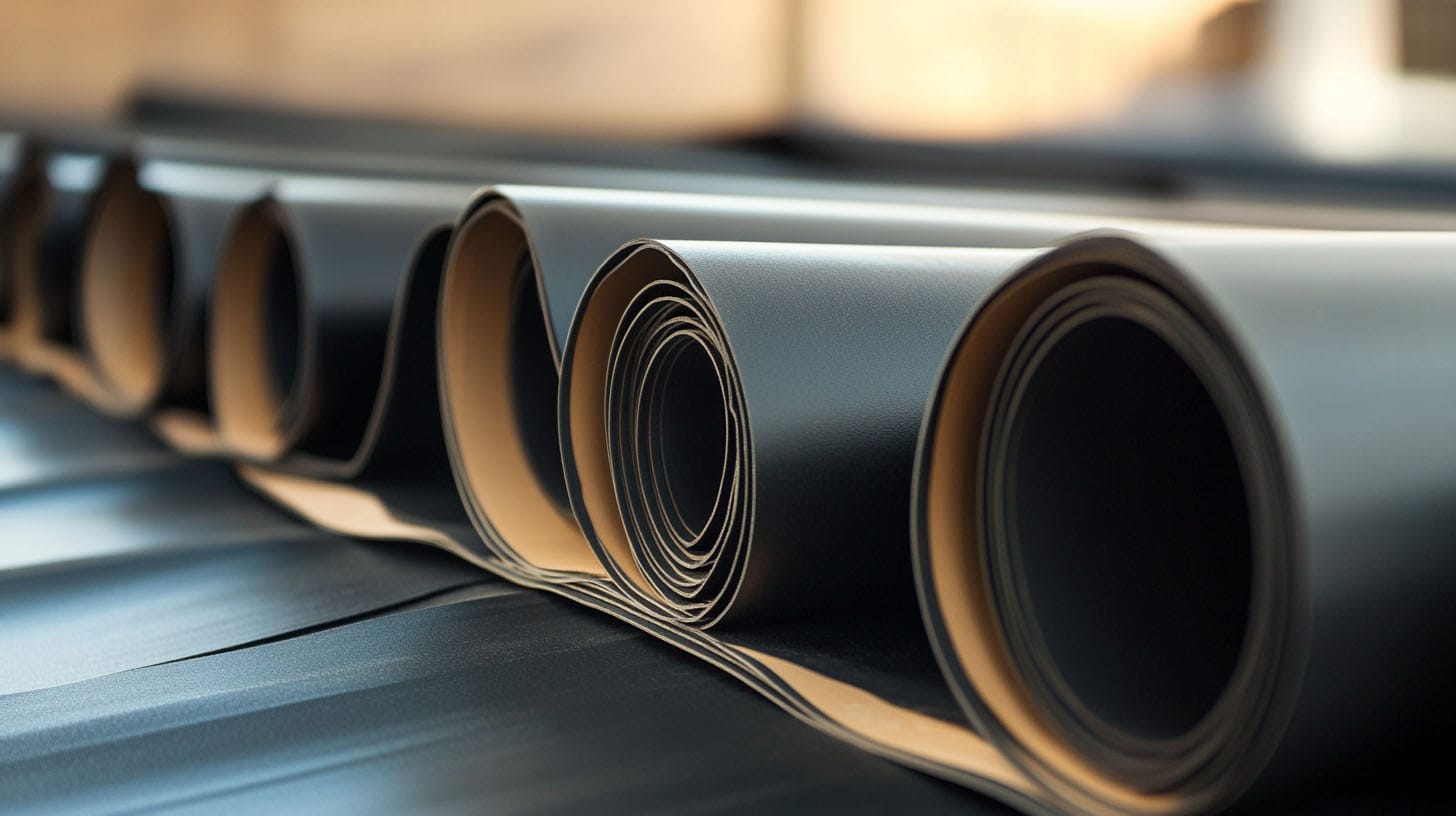
Roof underlayment plays a pivotal role in modern roofing systems. It acts as a moisture barrier, safeguarding your home’s structural integrity against water infiltration and extreme weather. Whether you’re dealing with a roof replacement or aiming to prevent future leaks, understanding the importance of this hidden layer is key. At All Phase Construction USA, LLC in Deerfield Beach, FL, our expertise ensures your home receives optimal protection. We are proud to be recognized as a Certified Wind Mitigator and are honored to be a TRI Partner and part of the Metal Alliance. When choosing roofing materials and strategies, never overlook the vital importance of roof underlayment, and trust our award-winning team to deliver exceptional results.
Understanding Roof Underlayment
Roof underlayment is often the unsung hero of your roof system. It lies invisibly beneath shingles, protecting your roof deck from moisture, mold, and rot over time.
Professionally installed roof underlayment by qualified roofing contractors forms a robust secondary layer of protection. With numerous options available, choosing the right type for your home’s roofing system can optimise its functionality and longevity. This foundational layer is a wise investment for maintaining a durable and leak-free roof.
Definition and Basic Functions
A crucial component in roofing systems, serves as a secondary layer of protection beneath shingles. This barrier acts as a moisture barrier, safeguarding the roof deck from water damage, mildew, and rot. Commonly available in asphalt-saturated felt or synthetic materials, it enhances weather protection against extreme temperatures and UV rays. By providing an extra layer of protection, contributes significantly to the durability and longevity of the roofing materials, ensuring homeowners enjoy peace of mind regarding their performance.
Importance in Roofing Systems
A roofing system’s effectiveness hinges on the presence of quality underlayment, acting as the first line of defense against moisture damage and extreme temperatures. By providing an essential moisture barrier, it protects roofing materials from leaks and rot, prolonging the overall lifespan of the roof. Homeowners investing in a durable roofing can enjoy peace of mind, knowing their roof is fortified with a secondary layer of protection that mitigates risks from UV rays and weather-related wear.
Types of Roof Underlayment
Selecting the ideal type of roof depends on factors such as durability, weather resistance, and cost. With asphalt-saturated felt, synthetic underlayment, and rubberized asphalt as the chief options, homeowners have tailored solutions to suit their roofing needs.
Understanding these types can empower informed decisions for protecting your roof deck and lengthening its lifespan. Each material offers distinct advantages, providing choices that align with budget and performance goals. Let’s explore each type to unravel their unique attributes.
Asphalt-Saturated Felt
A popular choice among homeowners, asphalt-saturated felt is one of the oldest types of roofing underlayment. It acts as a secondary layer of protection against moisture damage, ensuring your roof system remains intact. Manufactured from fiberglass or organic materials, this type of underlayment is typically coated with asphalt, providing it with excellent water resistance. While affordable, asphalt-saturated felt can be less durable in extreme temperatures compared to more expensive options like synthetic underlayment. Selecting this material should be done with care, considering the overall roofing system’s needs.
Synthetic Underlayment
Synthetic stands out as a modern solution in roofing systems, offering enhanced durability and water resistance compared to traditional felt. Constructed from materials like polypropylene or polyethylene, this type of userves as a lightweight yet robust moisture barrier, protecting roofing sheathing and decking from extreme temperatures and potential leaks. Employed as a secondary layer of protection, synthetic aids in preventing mold and mildew growth, proving to be an excellent option for homeowners seeking peace of mind in their roof replacement or installation.
Rubberized Asphalt
A versatile option in underlayment, rubberized asphalt serves as a formidable moisture barrier. This type of combines a sticky backing with a rubberized component, offering outstanding water resistance and durability against extreme temperatures. Not only does rubberized asphalt provide an extra layer of protection, but it also enhances a roofing system’s overall performance. Homeowners seeking peace of mind can appreciate the effectiveness of this underlayment in preventing leaks, rot, and mildew, ultimately prolonging the lifespan of roofing shingles.
Benefits of Proper Roof Underlayment
Quality underlayment offers unmatched protection—keeping moisture damage at bay while extending the lifespan of your system. Enhanced water resistance minimises long-term repair costs and ensures your home stays dry and safe.
When selecting underlayment, collaborate with reputable contractors to optimize its installation and functionality. Let’s break down two major benefits this layer offers below.
Enhanced Moisture Protection
A robust moisture barrier plays a pivotal role in protecting a roofing system. Various types of underlayment, such as synthetic roofing underlayment and asphalt-saturated felt, serve as a secondary layer of protection against water damage. This layer effectively prevents moisture infiltration, safeguarding materials and the underlying roof deck from rot and mildew. Homeowners benefit from peace of mind, knowing their roof is fortified against extreme temperatures and leaks, which can compromise the longevity of the structure.
Increased Lifespan of Your Roof
Adding an extra layer beneath your roofing shingles optimizes durability, extending the lifespan of your roof. Instead of undergoing unnecessary roof replacements, keeps your roofing system intact by tackling unseen challenges like leaks or rot.
Maintaining your roof deck’s integrity through synthetic or rubberized types ensures further protection against extreme weather. These materials are more durable, helping avoid wear and tear over years of use.
Let’s Make It Happen
In summary, understanding roof underlayment is essential for homeowners seeking to enhance their roofing systems. At All Phase Construction USA, LLC in Deerfield Beach, FL, we emphasize the importance of this crucial component. Acting as the first line of defense against moisture damage, this secondary layer of protection extends the lifespan of roofing materials. With options ranging from traditional felt to advanced synthetic underlayment, choosing the right type can significantly impact a roof’s durability. Investing in quality underlayment not only provides peace of mind but also contributes to the overall efficiency and resilience of a roofing system, a principle we stand by in every project we undertake.
Frequently Asked Questions
What Is Roof Underlayment, and Why Is It Important?
Roof underlayment is a durable component of roofing systems, acting as the first line of defense against moisture damage. By shielding your roof deck, it provides peace of mind amid weather extremes and ensures long-term stability for your home.
What is Roofing Underlayment & Why is it Needed?
Roofing underlayment is an essential component that protects your roof deck from water damage. Acting as a moisture barrier and weather protection layer, it provides added security that shingles alone cannot achieve.
Why Is Roofing Underlayment Necessary?
Roofing underlayment serves as a layer of protection beneath roofing shingles. It prevents water damage and seals vulnerabilities, offering an extra shield against the harsh elements. Reliable underlayment ensures your roof remains solid for years to come.
Read our blog: Comparing Asphalt vs. Metal Roofs: Which Is Right for You?





Sorry, the comment form is closed at this time.